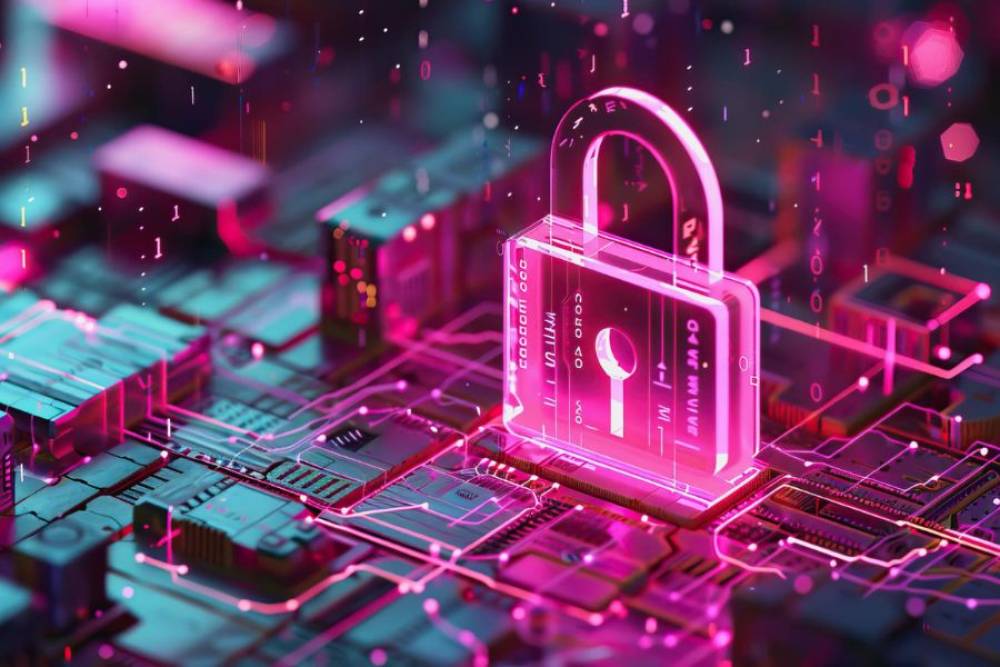Safeguarding your business by mitigating the risk of ID Fraud Written on

Identity fraud is a serious problem that can cause significant harm to both individuals and businesses. When someone steals your customers' personal information, it can lead to financial losses, ID fraud, and damage to the company's reputation.
Understanding how fraudsters obtain customer data is essential for preventing such incidents. By implementing practical measures, businesses can protect their customers' information and mitigate the risks associated with identity theft.
Let's explore practical strategies for safeguarding your customers and your business.
What is ID fraud?
Identity fraud, or identity theft, refers to crimes where individuals unlawfully acquire and use another person's personal information for fraud or deceit, often to gain financial benefits. As technology advances and personal data becomes more accessible to fraudsters, the methods used to steal and exploit identities have also evolved.
Identity theft takes various forms, including obtaining a victim's credit card number or using a real person's name, date of birth, or SSN, but it is combined with fabricated information to create a synthetic identity and open fake accounts.
While financial loss is a direct consequence of identity fraud, the long-term impacts of lost trust and business disruption are often more devastating for companies. These factors can profoundly affect a business's reputation, customer relationships, and overall operations.
The growing threat of ID fraud
Identity fraud has become an increasingly pervasive problem in recent years, fueled by a confluence of factors. One of the most significant drivers is the rapid digitalization of our society. As more and more personal information is stored and transmitted electronically, the potential for data breaches and unauthorized access has grown exponentially.
Data breaches, often resulting from cyberattacks or insider threats, have been a significant source of compromised identity information. High-profile incidents involving large corporations have exposed the sensitive data of millions of individuals, making them vulnerable to identity theft and putting the companies under the spotlight.
Fraudsters have become increasingly sophisticated in their tactics. They employ advanced techniques such as artificial intelligence, machine learning, and social engineering to deceive individuals and organizations. Phishing scams, smishing attacks, and other social engineering methods are used to trick people into revealing their personal information or clicking on malicious links.
Governments and regulatory bodies worldwide have implemented various laws and regulations to protect consumers and businesses in response to the rising threat of identity fraud. These regulations often impose specific requirements on organizations to safeguard customer data, detect fraudulent activity, and respond to incidents promptly.
While adherence to these regulations is crucial for businesses to mitigate identity fraud risks, even strict compliance does not guarantee immunity from fraudulent attacks.
Mitigating ID fraud risks with biometric identity verification
Biometric identity verification offers a powerful tool for businesses to enhance their identity fraud prevention and detection strategies. By incorporating unique physical characteristics, systems can provide a more secure and reliable way of verifying identity than traditional methods.
Biometric data is highly unique and challenging to replicate or compromise. This makes it more difficult for fraudsters to gain unauthorized access to accounts or systems. It also provides a more convenient and seamless user experience, eliminating the need for users to remember and manage complex passwords.
But biometrics' real strength is security. With strong biometric identity verification solutions, businesses can significantly reduce their exposure to identity theft and other security threats.
When considering biometric identity verification, businesses should evaluate three factors:
Accuracy and reliability
The biometric system must be highly accurate and reliable to avoid false positives or negatives that could lead to customer frustration or security breaches.
Privacy and decentralization
Decentralized biometric verification systems enhance customer privacy by eliminating the need to store and manage sensitive data. This can help reduce the risk of data breaches and unauthorized access and reduce business operational costs.
Deepfake detection
Advanced biometric systems can detect and prevent deep fakes, which are synthetic media created to manipulate or impersonate individuals. By analyzing subtle cues in facial expressions, voice patterns, or other biometric characteristics, these systems can identify inconsistencies that may indicate a deep fake.
Protecting customers from identity theft is protecting your business
Identity fraud poses a significant threat to businesses, resulting in financial losses, reputational damage, and operational disruptions. Safeguarding your customers from identity theft is a moral obligation and a strategic necessity.
To combat the growing challenge of ID fraud, businesses must adopt a comprehensive approach that includes robust data security measures, employee training, customer education, and advanced identity verification tools. Biometric identity verification offers a promising solution for enhancing security and reducing fraud risks.
Ready to take action?
📚 Educate yourself and your employees on deepfakes and their implications.
🔍 Monitor for suspicious activity and respond promptly to incidents.
🔒 Explore biometric solutions that offer strong protection against identity theft.






